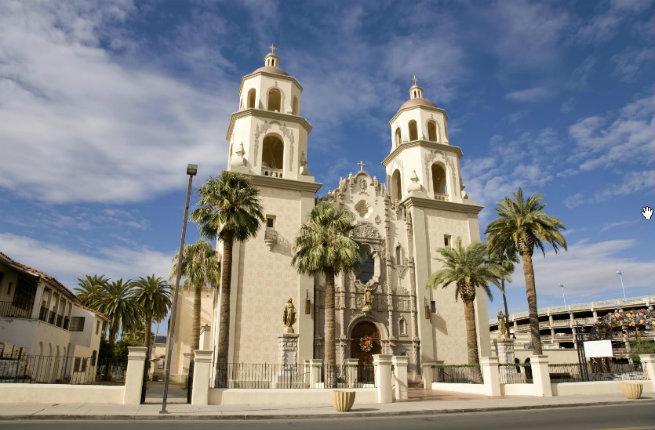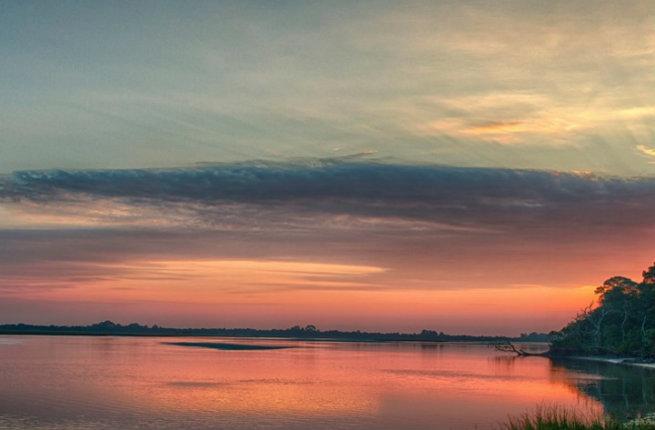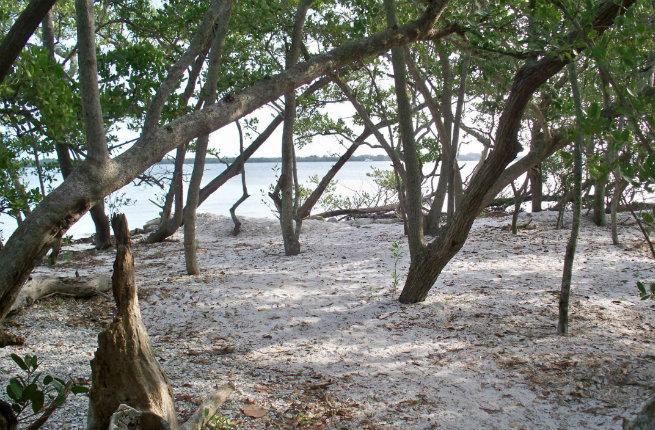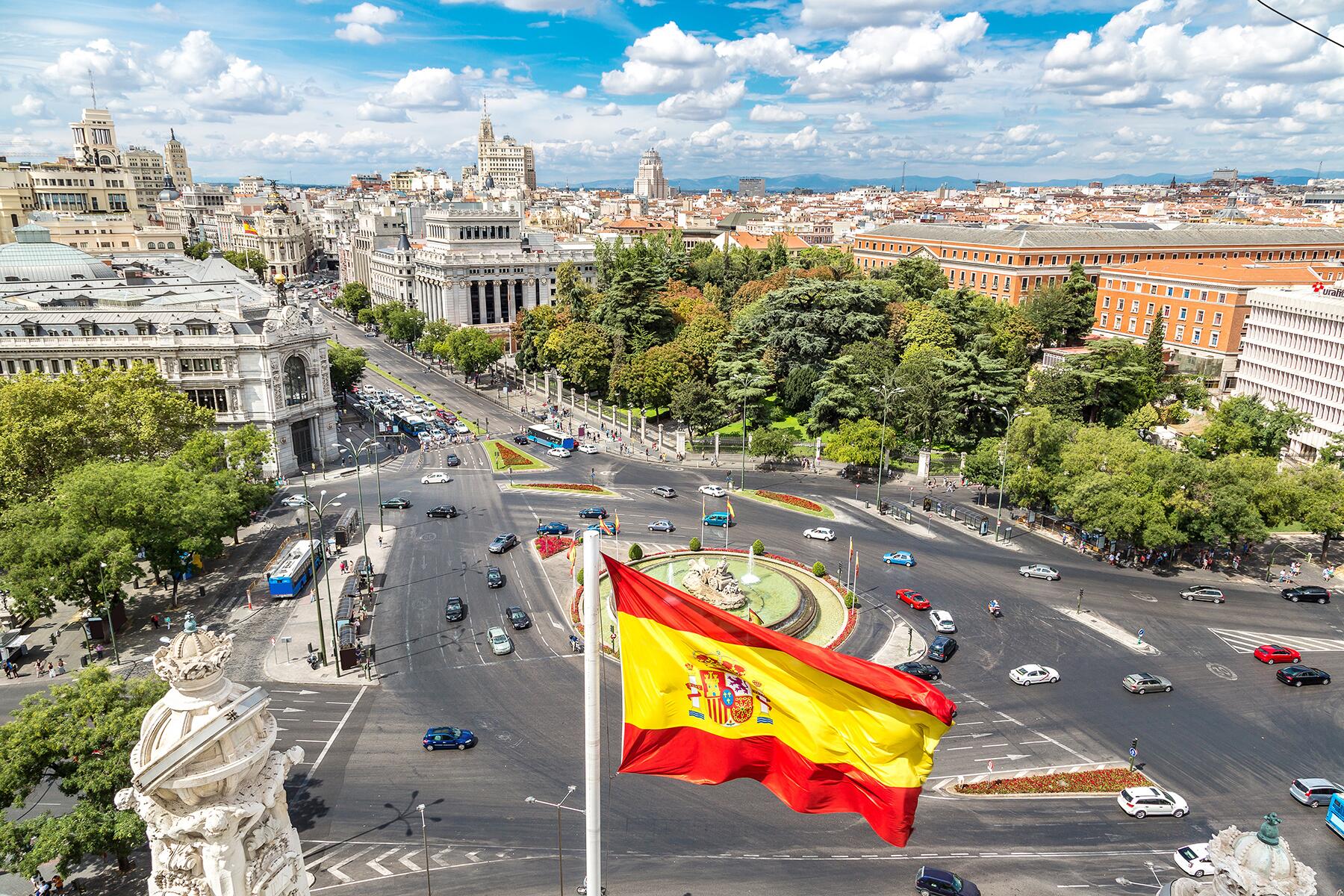In 1513, Spanish explorer Juan Ponce de León arrived on the shores of a land so lush he dubbed it La Florida; his descriptions of this wondrous place set off a flurry of adventurers seeking gold and land for their king. Fifty years later, a permanent settlement took hold at St. Augustine, which remains today as America’s oldest city. During those 50 years, other explorers arrived but were rebuffed by a combination of weather, famine, disaster, or native people, who had no love for these often cruel interlopers.
Visitors who wish to discover Florida’s first-contact history can retrace the steps of the Europeans and the native people whose lives were forever changed. Archaeologists and historians have established the explorers’ routes and gathered information about the native people they met. Surviving trails and landmarks can be explored by car and foot using back roads roads and superhighways, through old-growth forests and along spring runs and past fields and developments. As you explore, try to imagine how both sides felt: the Spanish, pressing on through swamp and heat, and the native people who watched these glittering warriors debark from giant ships with colorful sails. None of them had any idea of what lay ahead. Fortunately, the explorers were accompanied by chroniclers who published detailed accounts of the journeys, ensuring that their names lived on in history and legend.
Recommended Fodor’s Video
St. Augustine: At the Dawn of Spanish Florida

While no historic document says Ponce de León was really looking for a “fountain of youth” when he set out, that myth endures. It’s understandable, as weeks at sea turn fresh water into a miracle, but he was most likely seeking gold when in 1513 he landed near what is now St. Augustine. He had already discovered something that would prove vital to the Spanish fleet: the Gulf Stream. He popped ashore, named the new land La Florida, and then sailed off to raise money to establish a settlement. But he never returned to the area, instead setting his sights in 1521 on Florida’s west coast, where he was killed by a native arrow.
St. Augustine, eventually settled by Pedro Menéndez de Avilés in 1565, remained an important town in Florida’s history for the next 450 years. Residents have touted a freshwater spring in the city as the Fountain of Youth for decades, and the town houses a tourist attraction with a planetarium showing how early explorers navigated by the stars. The city, with its many place names honoring de León, is worth exploring, starting with the best-preserved Spanish colonial fort in the United States, the Castillo de San Marcos, built on the waterfront in 1672. Nearby Fort Matanzas was built in 1740 to warn the Spanish of approaching British enemies. St. Augustine’s narrow streets and vintage buildings seem suspended in time. The González-Alvarez House, built in 1723, is on the National Historical Landmarks registry as the oldest house in Florida.
Ancient Treasures at Florida Museum of Natural History
Taking I-10 west out of Jacksonville to I-75, then south to Gainesville brings you to a treasure trove of ancient knowledge: Florida Museum of Natural History at the University of Florida. Archaeology, history, a vast collection of artifacts, and an interactive exhibition offer insights into Florida’s early inhabitants, the Timucua, and the Spanish explorers.
French Florida: Jacksonville’s Fort Caroline

The French arrived at the mouth of the St. Johns River in north Florida seeking a safe religious haven for Huguenots. A colony called Fort Caroline, founded in 1564 atop a bluff on the river, was short lived but is still remembered. A reproduction of the fort can be seen at the Timucuan Ecological & Historical Preserve, where exhibitions and artifacts educate visitors on the brief French history in Florida.
Crystal River’s Bounty Draws Early Visitors
Continue to the Gulf Coast on Highway 27 and then south on Highway 98 to Crystal River, famous as a winter home to manatees. The town also houses the Crystal River Archaeological State Park, a fascinating site with temple and burial mounds, crucial to native culture for more than 1,600 years before first contact. Historians and archaeologists estimate that as many as 7,500 people a year traveled to the complex from as far away as the Ohio River Valley to bury their dead and take part in spiritual and trading activities. The site was likely active when Panfilo Narvaez passed through the area, followed by Hernando de Soto, who explored much of the southeastern United States.
Narvaez and His “Hairy Invaders”

Drive south through Tampa to Bradenton and you reach the area where Narvaez and de Soto likely came ashore. Narvaez landed in 1528 with a huge army and orders from Spain to settle and rule the Gulf Coast. He sent his supply ships ahead with instructions to meet them farther along the coast, but when the ships landed they found no army. After searching for a year along a coast filled with inlets and islands, they gave up and went back to Spain, leaving Narvaez, his chronicler Cabeza de Vaca, and the army to their fates. They were met with violence from the native people, as might be expected if an army of hungry men with little respect for other cultures began to steal food and wreak havoc. De Vaca tells of entering a village where they found “many boxes . . . In every one of them was a corpse covered with painted deer hides. The commissary thought this to be some idolatrous practice, so he burnt the boxes with the corpses.” It’s possible that this was the Crystal River site, where the bodies were being preserved for burial. The Spanish eventually built five large rafts and sailed away. Of the whole army, only de Vaca and a few survivors arrived back in Spain.
De Soto’s Trail of Exploration and Brutality
De Soto, who had joined Pizzarro in conquering the Inca in Peru, arrived in 1539 with a huge army of men and horses and spent four years exploring a vast swath of the southeastern United States. His army was brutal to thousands of native people, killing, enslaving, and decimating them with disease. Three years into the trip, in May 1542, De Soto died of fever at the Mississippi River. The state of Florida created a driving trail, the De Soto Trail, which connects 34 sites of cultural, environmental, and historical interest, starting at his landing point near Bradenton and ending at the former Apalachee village of Anhaica near Tallahassee.
PLAN YOUR TRIP with Fodor’s Florida Guide


